CLINDAMYCIN - TOPICAL
PHONETIC PRONUNCIATION: (klin-duh-MY sin)
COMMON BRAND NAME(S): Cleocin T, Clinda-Derm
GENERIC NAME(S): clindamycin phosphate
Uses
USES: This medication is used to treat acne. It helps to decrease the number of acne lesions. Clindamycin is an antibiotic which works by stopping the growth of bacteria.
How to use CLINDAMYCIN - TOPICAL
HOW TO USE: Use this medication only on the skin. Clean and dry the affected area first. Follow all directions on the product package, or use as directed by your doctor. If you are using the lotion, shake the bottle well before using. Apply a thin layer of medication usually twice a day or as directed by your doctor. If you are using the medicated pad or swab, apply to the the affected area gently with it, then discard. Depending on the size of the area to be treated, more than one pad or swab may be necessary. If you are using the foam, apply it once daily to the affected areas. Use enough to cover the entire affected area. Do not spray the foam directly onto your hands or face, because the foam will begin to melt on contact with warm skin. Instead spray the amount needed directly into the cap or onto a cool surface such as a counter top. If the can seems warm or the foam seems runny, run the can under cold water. Please read the patient information leaflet available from your pharmacist for specific instructions on how to use the foam, and ask about any information that is unclear. Wash your hands after use. Avoid contact with your eyes, nose, mouth or any areas of broken skin. If you accidentally get medication in these areas, rinse well with plenty of cool water. It may take between 2-6 weeks to notice an improvement in your condition, and up to 12 weeks to see the full benefit. Inform your doctor if your condition does not improve or worsens.
Side Effects
Precautions
Interactions
Overdose
Images
Reviews
Faq for CLINDAMYCIN - TOPICAL
Clindamycin topical is used to treat acne by reducing the number of bacteria that cause skin infections.
Clindamycin topical works by stopping the growth of bacteria on the skin, preventing acne breakouts.
Cleanse the affected area with a mild cleanser, then apply a thin layer of clindamycin topical onto the affected skin. Avoid contact with eyes, mouth, or other mucous membranes.
It may take several weeks to notice an improvement in your acne symptoms. It is important to continue using clindamycin topical as directed by your doctor, even if you do not see immediate results.
Common side effects may include skin dryness, itching, redness, or peeling. If these side effects worsen or persist, contact your doctor.
Clindamycin topical is primarily used for acne treatment and is not typically recommended for other skin conditions. Consult your doctor for appropriate treatment options.
It is usually considered safe to use clindamycin topical during pregnancy and breastfeeding. However, it is important to consult your doctor before using any medication.
Clindamycin topical is generally safe for use in children above the age of 12 years. However, it is best to consult a pediatrician for appropriate dosing and usage instructions.
Clindamycin topical can often be used in combination with other acne medications, such as benzoyl peroxide, as prescribed by your doctor. However, inform your doctor about all the medications you are using to avoid any potential interactions.
Disclaimer
IMPORTANT: HOW TO USE THIS INFORMATION: This is a summary and does NOT have all possible information about this product. This information does not assure that this product is safe, effective, or appropriate for you. This information is not individual medical advice and does not substitute for the advice of your health care professional. Always ask your health care professional for complete information about this product and your specific health needs.

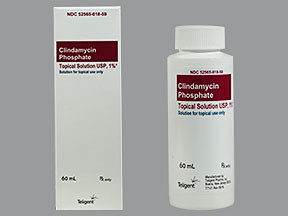
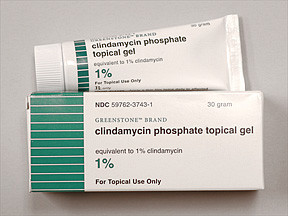
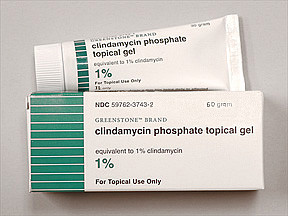
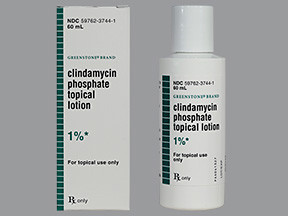
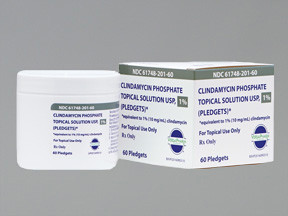
No Reviews Yet